Barriers to Aboriginal Education and Closing the Gap Initiatives
VerifiedAdded on 2023/06/12
|7
|398
|300
Essay
AI Summary
This essay provides an overview of indigenous schooling, focusing on teaching methods that incorporate indigenous knowledge and culture within formal and non-formal education systems. It highlights the Australian government's "Close the Gap" initiative, which aims to improve various aspects of indigenous well-being, including education. The essay identifies specific targets related to early childhood education and developmental assessments. Furthermore, it addresses the barriers to Aboriginal education, such as overcrowded housing and poverty, which significantly impact students' learning and health. The essay concludes by referencing academic sources that discuss indigenous education, decolonization, and the importance of cultural mentoring.
1 out of 7
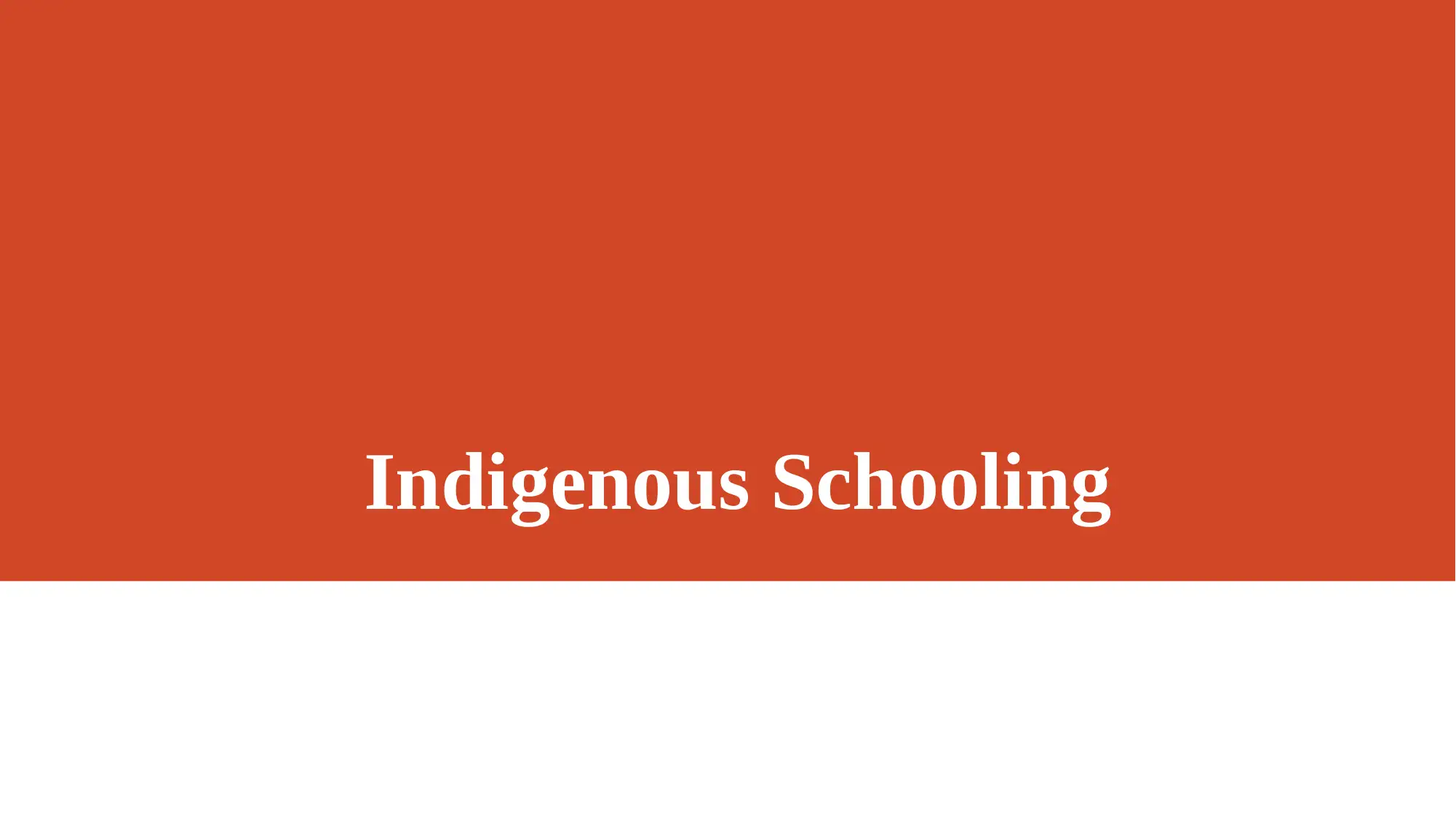
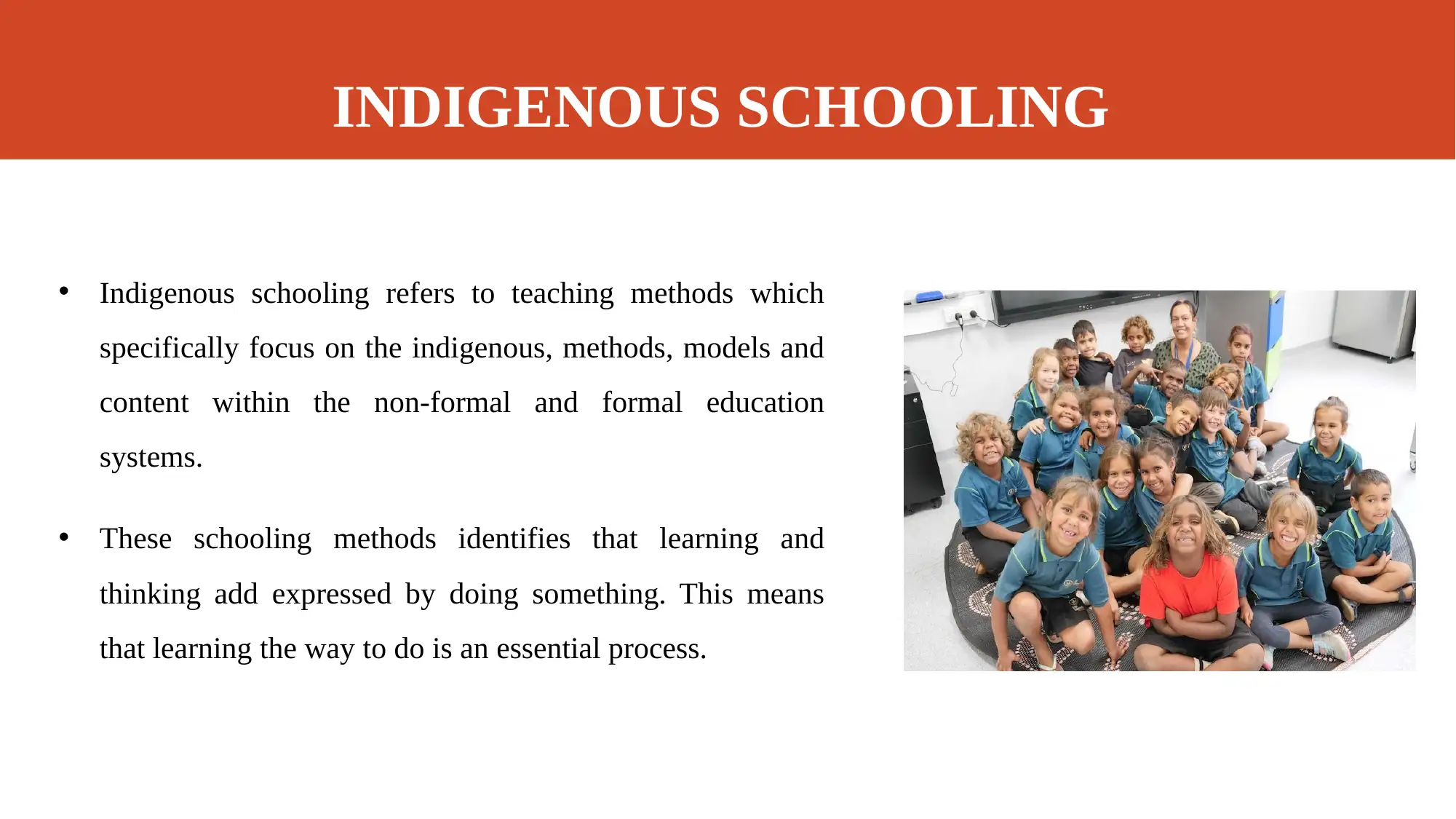
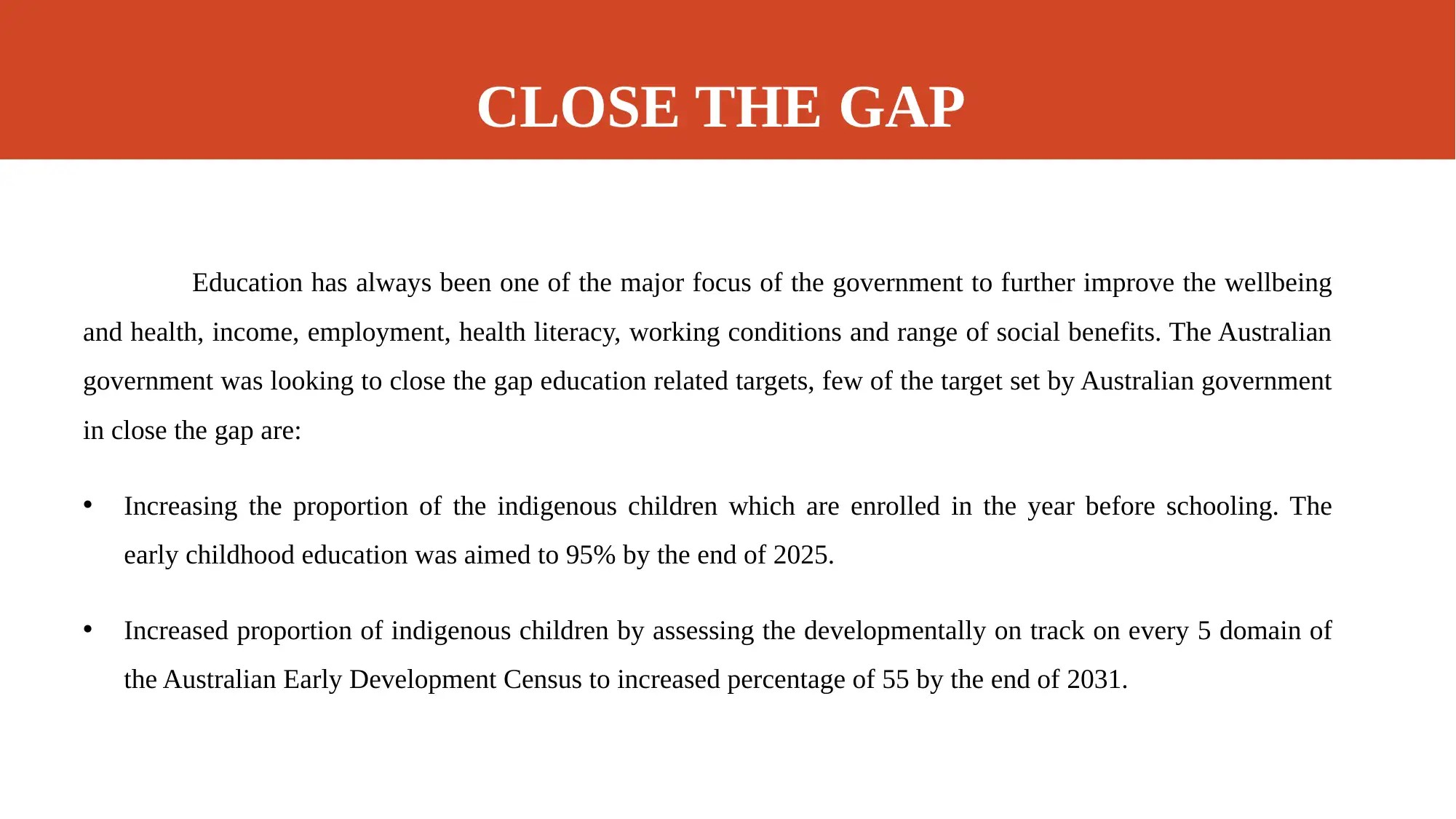
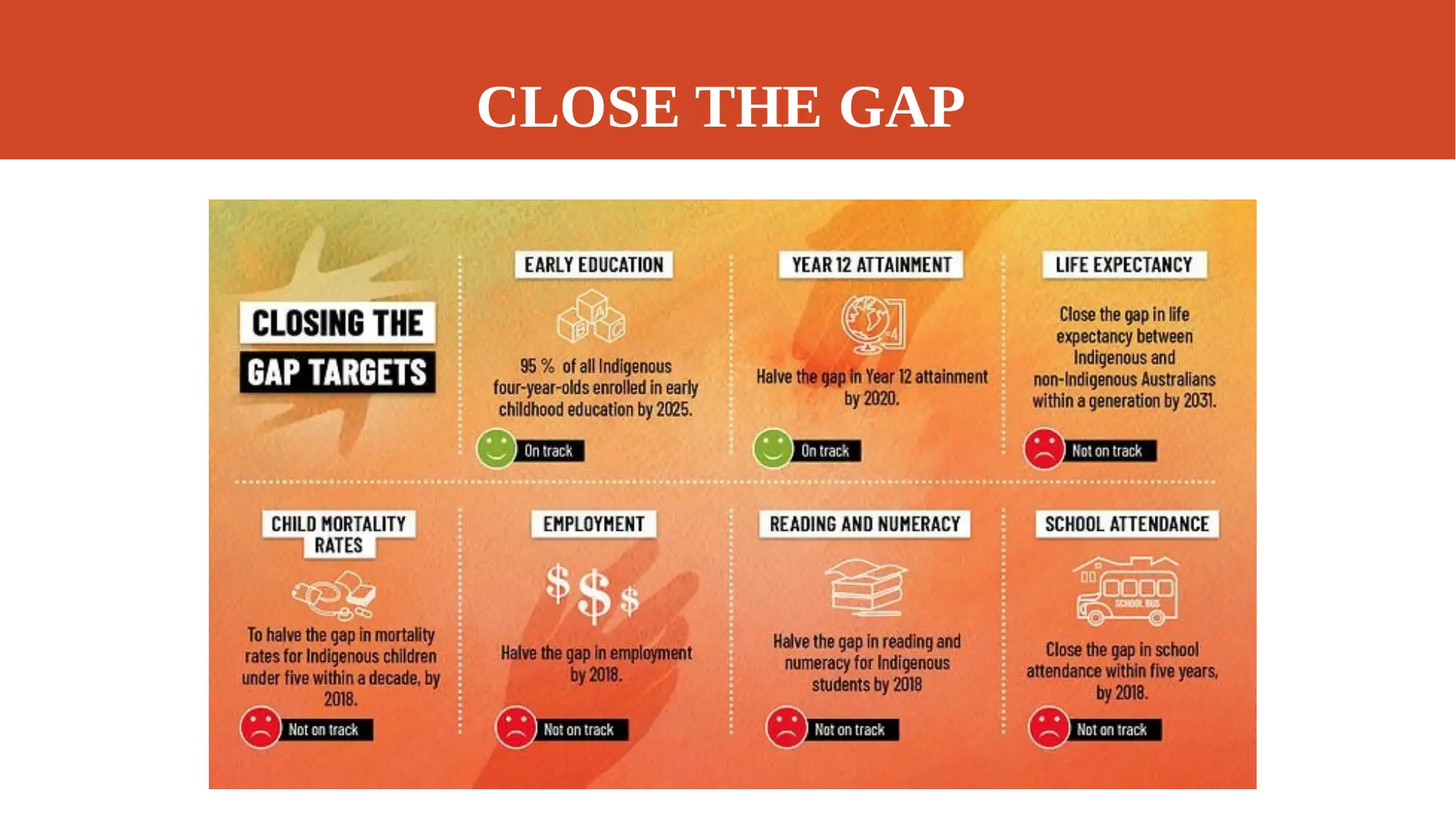
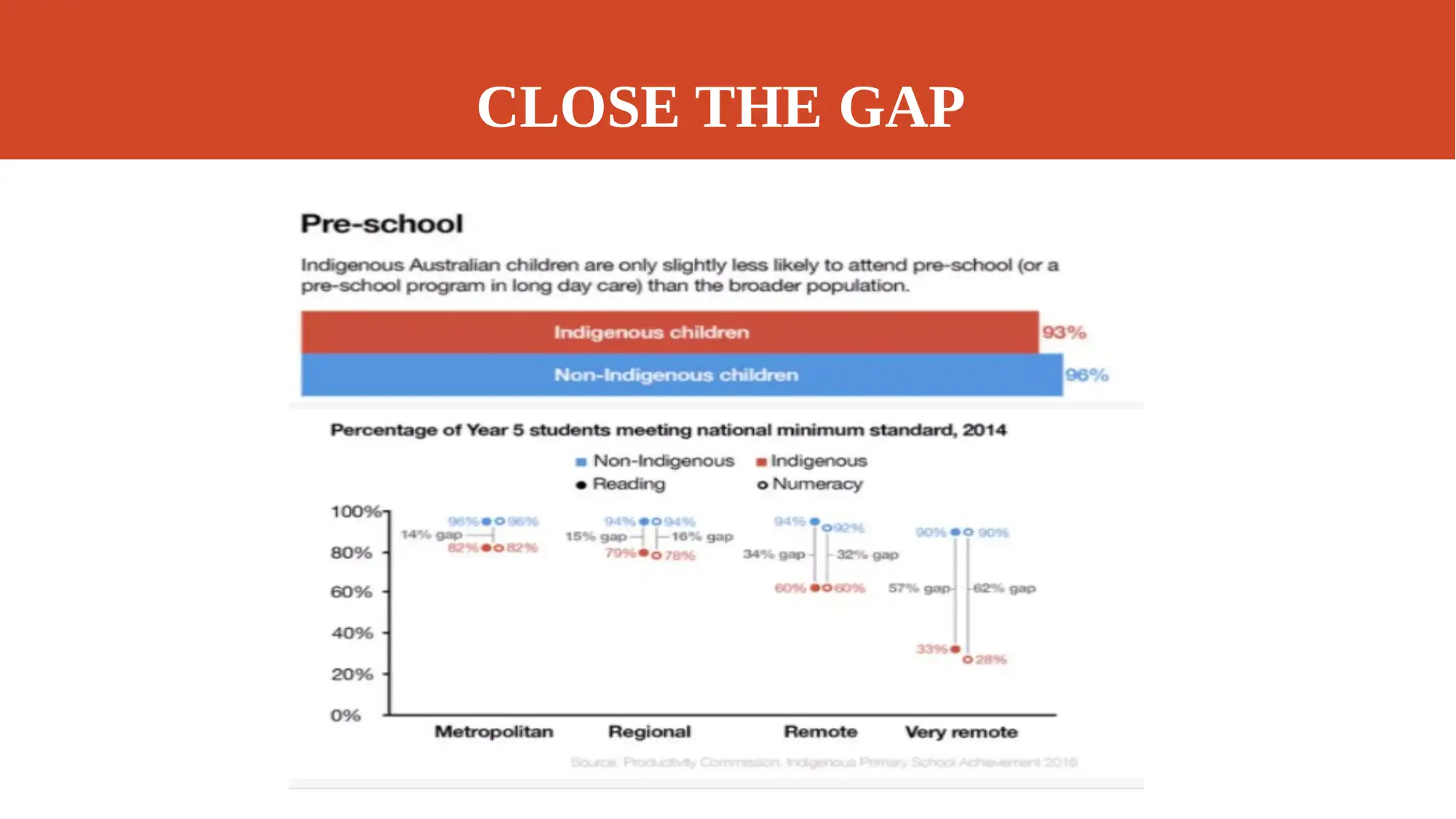
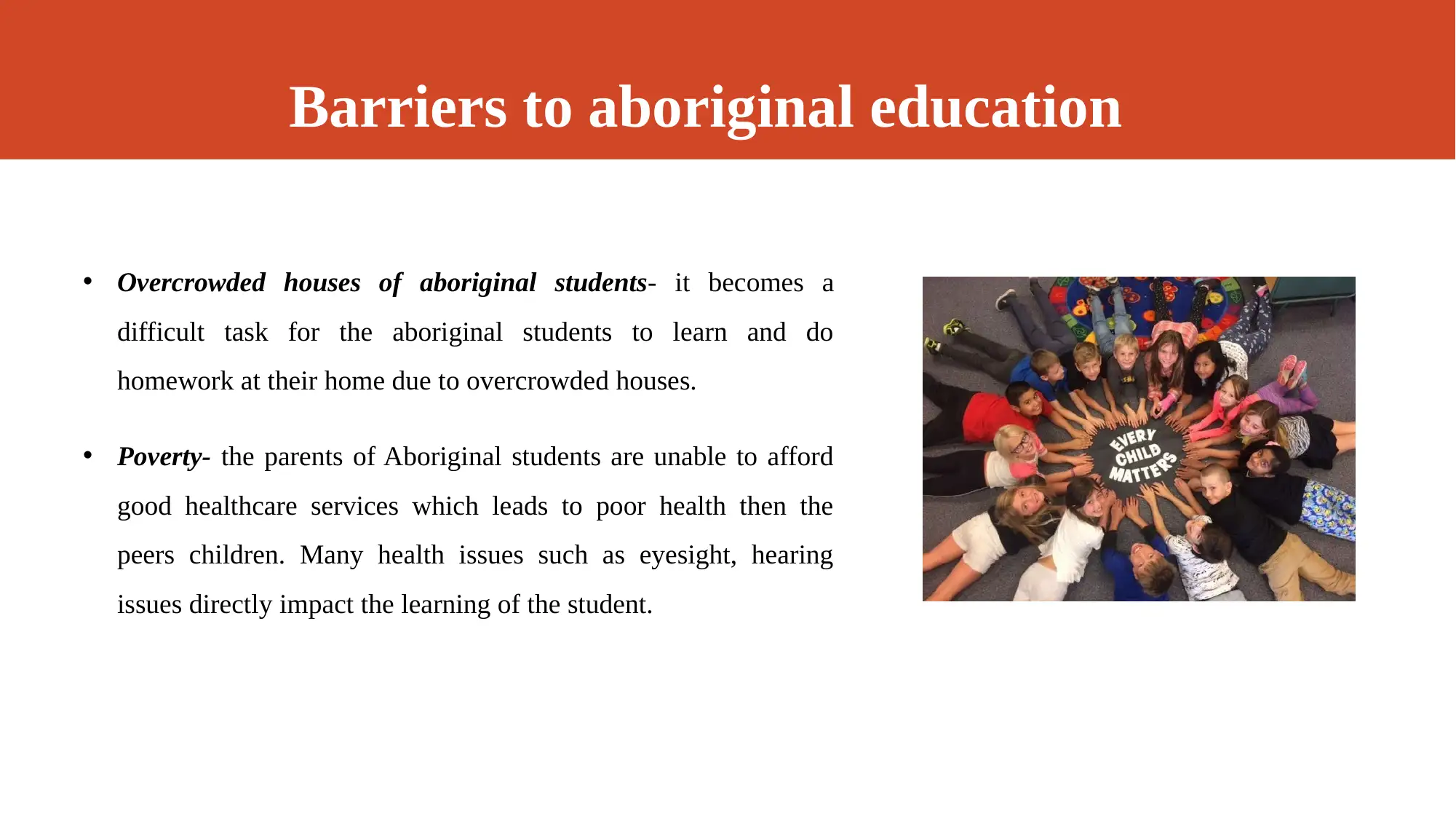
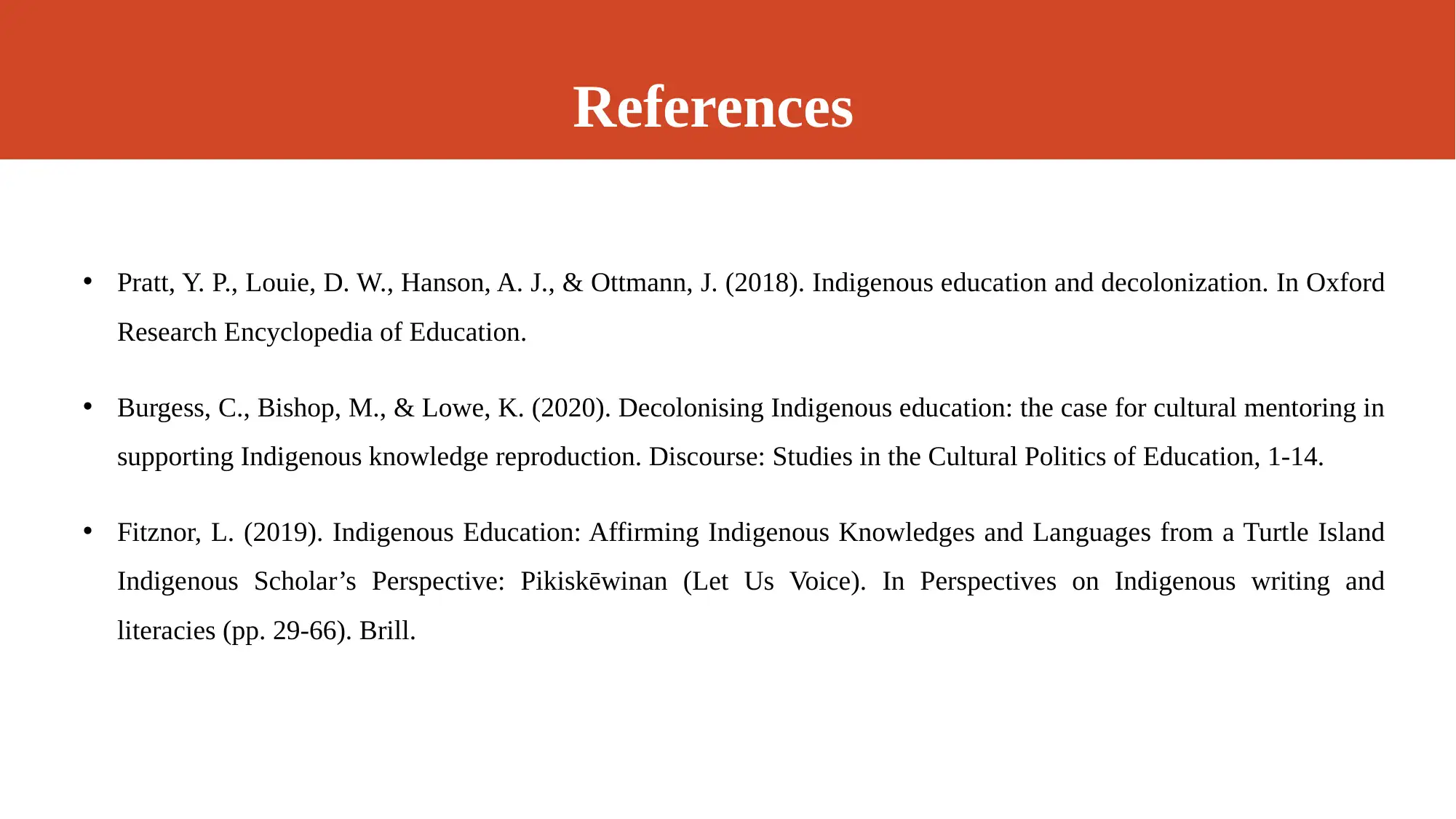






![[object Object]](/_next/static/media/star-bottom.7253800d.svg)